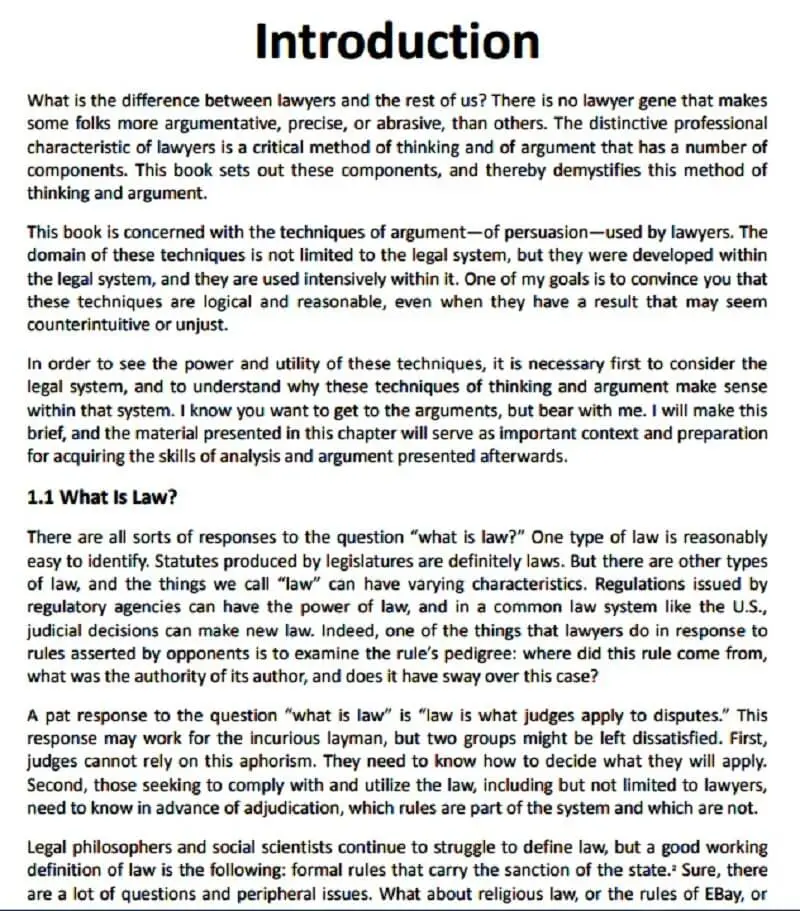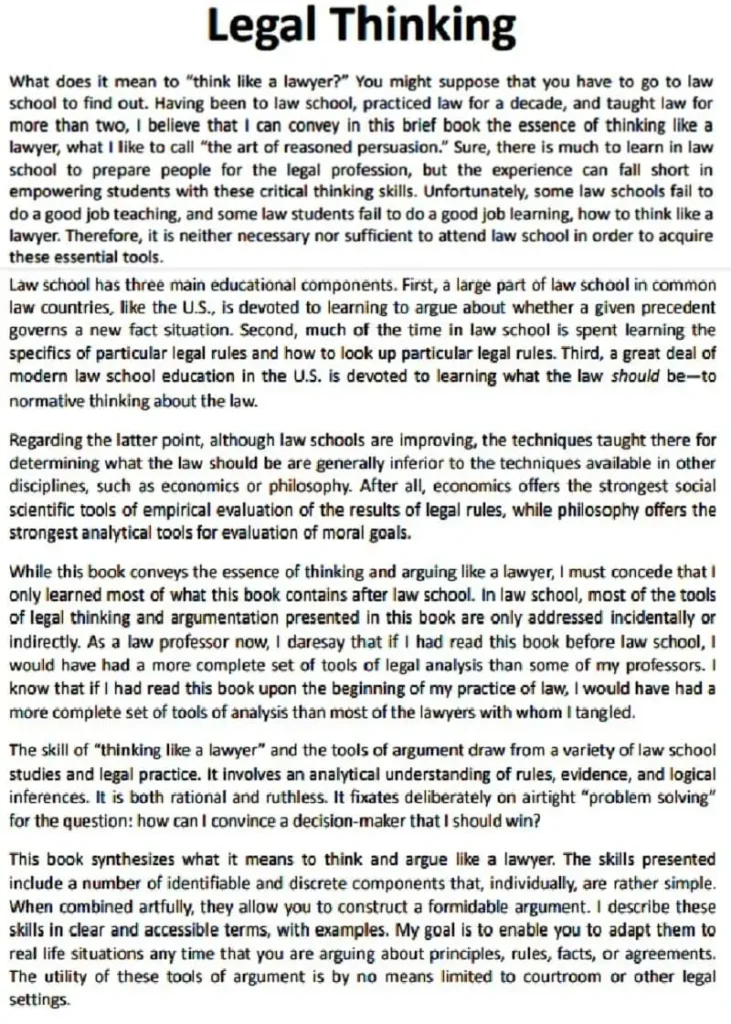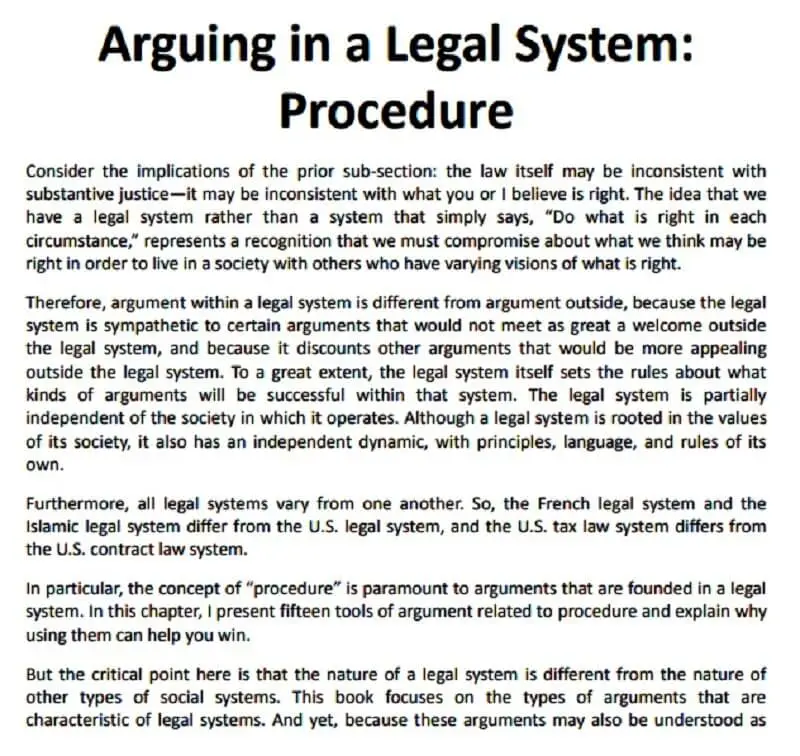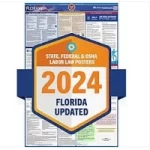Introduction
In a world where persuasion is crucial, knowing how to craft and present arguments effectively can be a game-changer. Whether you’re a lawyer, a businessperson, or someone who frequently debates everyday topics, mastering the art of argumentation is invaluable. “The Tools of Argument PDF” by Joel P. Trachtman and Ginger White offers readers a comprehensive guide to improving their argumentation skills, using clear, logical tools designed to help individuals argue better and think more critically.
| Name of PDF | The Tools of Argument |
|---|---|
| No Pages | 81 |
| Originally Published | 2013 |
| Language | English |
| Genres | Download Law PDF |
| Author | Joel P. Trachtman |
| Size | 1.18 MB |
| Chek, latest edition |
Table of Contents

Understanding the Tools of Argument
What Is the Book About?
At its core, The Tools of Argument is a book about the mechanics of arguing effectively. Rather than presenting a rigid legal guide, Trachtman and White introduce key strategies to build strong, convincing arguments in various contexts. The book is practical and grounded, giving readers essential tools to make logical, sound arguments that resonate in both formal and informal settings.
The Purpose Behind the Book
The authors wrote this book with a clear mission: to demystify the complexities of argumentation. They believe that anyone, not just lawyers or seasoned debaters, can learn to argue persuasively. Through structured lessons, the book equips readers with the tools necessary to sharpen their reasoning skills and avoid common mistakes, such as logical fallacies.
Importance of Learning Argumentation
How Argumentation Shapes Thought
Argumentation isn’t just about winning debates; it’s about shaping how we think and approach issues. A strong argument, built on clear logic and factual evidence, encourages critical thinking and helps break down complex problems into manageable components. The ability to construct well-reasoned arguments is a skill that influences everything from decision-making to conflict resolution.
Application of Argumentation in Daily Life
We all engage in arguments, whether it’s at work, home, or social gatherings. This book helps us understand how to frame these conversations to avoid unproductive disputes. By applying the tools from the book, you can steer discussions toward clarity, foster healthy debate, and make your points without resorting to aggression or fallacies.
Key Tools Presented in the Book
The Structure of Legal Arguments
One of the essential components of argumentation is structure. Trachtman and White focus heavily on creating organized, clear arguments.
Premises and Conclusions
At the foundation of every argument are premises and conclusions. Premises are the facts or assumptions the argument relies on, while the conclusion is the outcome or point the argument aims to prove. Understanding how to structure these elements is critical to crafting a compelling argument.
Validity and Soundness
For an argument to be effective, it must not only be valid (i.e., logically correct) but also sound (i.e., built on true premises). The authors guide readers through the process of ensuring both elements are present in their arguments, making them harder to refute.
The Role of Logic in Arguments
Deductive Reasoning
Deductive reasoning involves drawing a specific conclusion based on a general premise. It’s a top-down approach where, if the premises are true, the conclusion must also be true. The book delves into how to use deductive reasoning effectively in building unassailable arguments.
Inductive Reasoning
On the flip side, inductive reasoning works from specific instances to draw a general conclusion. While this reasoning isn’t always foolproof, it plays a significant role in many forms of argumentation, especially when working with probabilities and predictions.
Avoiding Fallacies
Identifying Common Fallacies
Fallacies, or errors in reasoning, can quickly derail even the most well-intentioned arguments. Trachtman and White provide a guide to identifying and avoiding common fallacies such as ad hominem attacks, false dilemmas, and slippery slope arguments.
The Impact of Fallacies on Argumentation
By using fallacies, even unintentionally, you undermine the strength of your argument. The book teaches readers how to avoid these pitfalls and remain focused on clear, logical reasoning.

Practical Applications of the Tools
In the Legal Field
Lawyers and Judges
Unsurprisingly, these tools are essential in the legal profession, where argumentation is at the heart of every case. Lawyers and judges rely on structured arguments to persuade courts and make decisions.
Legal Education
The book also serves as a resource for law students, offering a simplified yet effective introduction to constructing legal arguments.
In Other Professions
Business Negotiations
The strategies presented in The Tools of Argument aren’t limited to the courtroom. Business professionals can apply the same principles to negotiate deals, resolve disputes, and communicate more effectively with colleagues and clients.
Political Debates
In the political arena, where public opinion often hinges on how well candidates or activists argue their points, the ability to craft persuasive arguments is a critical skill. The tools in this book can give people an edge in debates, discussions, and presentations.
Real-Life Examples from the Book
Case Studies on Effective Argumentation
A Successful Legal Case
The authors present case studies where the tools of argumentation were applied successfully. One example involves a well-argued legal case that won due to the logical clarity and structure of the attorney’s presentation.
A Failed Argument and Why
Equally important are examples of failed arguments. The book breaks down why certain arguments fail, pointing out errors in logic, reliance on fallacies, or weak premises that lead to their downfall.
Lessons Learned from These Examples
By examining both successful and unsuccessful arguments, readers can better understand what works and what doesn’t, allowing them to refine their approach.
Why the Book Stands Out
Simplicity and Accessibility
What sets The Tools of Argument apart is its simplicity. Trachtman and White break down complex ideas into easily digestible chunks, making it accessible to anyone, regardless of their background in law or argumentation.
How It Differs from Traditional Legal Texts
While many legal texts are dense and difficult to read, this book is engaging and straightforward. It is as much about practical application as it is about theory, which makes it stand out from other texts on the subject.

Conclusion
The Value of Mastering Argumentation
Mastering the tools of argumentation offers tremendous value, both professionally and personally. Whether you’re aiming to win a debate, excel in negotiations, or simply have more constructive discussions, this book provides the foundation needed to succeed.
Final Thoughts on the Book
The Tools of Argument is a must-read for anyone looking to enhance their reasoning and communication skills. It’s more than just a guide for legal professionals—it’s a resource for anyone who values clear, logical thinking.
FAQs about The Tools of Argument PDF
What makes “The Tools of Argument” unique?
The book stands out for its clear, accessible approach to argumentation, making complex ideas easy to understand for readers of all backgrounds.
Who should read this book?
Anyone interested in improving their argumentation skills, from lawyers to business professionals and even casual debaters.
Is the book only for legal professionals?
No, while it has a strong focus on legal argumentation, the tools can be applied to a wide range of professions and daily situations.
How does it compare to other books on argumentation?
This book is more practical and accessible than many academic or legal texts, focusing on real-world applications rather than theory alone.
Can the tools in the book be applied to personal discussions?
Absolutely! The strategies in the book are designed to help with all types of discussions, from casual debates to serious negotiations.
What are the tools of argument?
A practical guide that equips readers with essential techniques for constructing and deconstructing persuasive arguments
What are the 4 elements of an argument?
Claim, reason, support, and warrant
What are the 4 types of argument form?
(1) first-order predicate arguments, (2) first-order subject arguments, (3) second-order subject arguments, and (4) second-order predicate arguments





